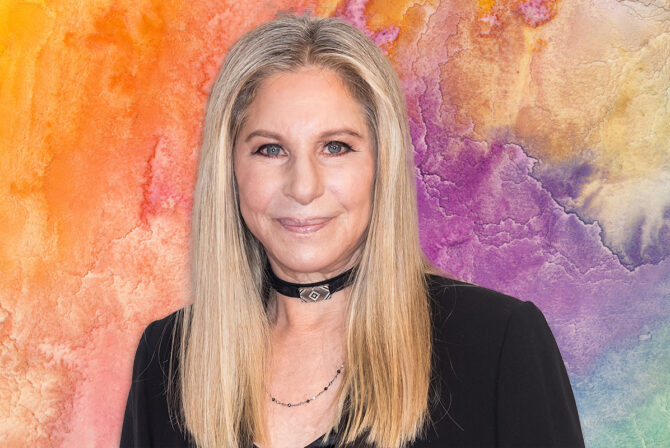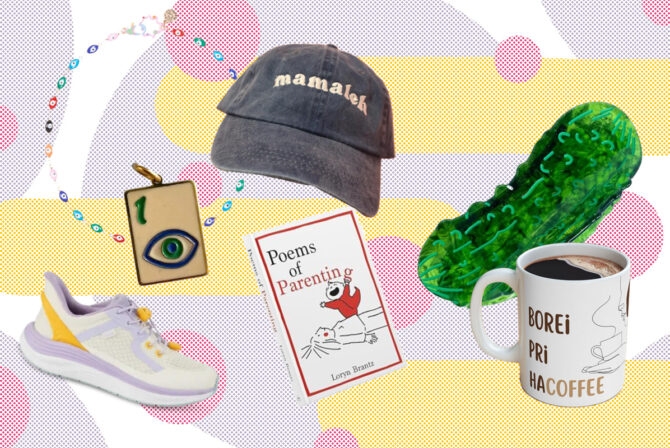I live on an island in Maine. We bring our trash to the town transfer station, where we pay by the bag. Periodically the trash gets driven off island and put in a landfill. It’s a great inducement to compost and recycle and keep as much trash out of the system as possible.
With that in mind, I wanted to use cloth diapers when we had a baby. But at first, we encountered some discouraging words.
“We tried it…until we encountered the reality of baby poop,” said some friends.
“Ugh, just wait until she starts eating solids,” said another set of new parents.
READ: Parenting Lessons I’ve Learned From, Uh, Poop
“You think it’s environmentally friends, but you’ll be doing a lot of laundry,” said my mother. “Water, electricity…”
Luckily, we had a friend on the island who cloth diapered and loved it. In my eighth month of pregnancy, she came by with her baby and gave me a demonstration. She held up the cloth shell and snap-in pod.
“You just snap the pod in and put the diaper on,” she said. “If they seem too tight, you pull the elastics to make it bigger. If they start to soak through, you can add bigger pods or double them up. That’s it!”
READ: Childless Uncle Changes a Diaper
With her simple explanation, cloth diapering suddenly seemed less like an unachievable hippy dream and more like an easy reality. The days of safety pins and origami folds are over. We went with SoftBums, but the market today is full of similar shell and pod systems, all equally cute and easy to use. The whole set-up is machine washable, and we line dry everything outside when we can. In winter we use a wall-mounted drying rack near the wood stove, or throw the pods in with other dryer loads (the shells have to air dry).
We did, as it turned out, have to do laundry pretty much constantly at first. But a lot of that was because of the baby’s incredible fountains of spit-up, and as she’s gotten older, the loads have tapered off. Our electricity comes from wind power, and we’re on a well, so we worry less than some about electricity and water use. With 15 shells and two full sets of pods, we have about three days worth of diapers. They clean well in a hot water wash cycle, and we occasionally soak them in blue Dawn soap to strip out ammonia residue. Unless we’re going on a long trip, when we switch her to eco-friendly disposables, we snap her in and feel confident that she’ll stay comfortable and dry.
READ: I Shave My Armpits But I Use a Sling. Who Am I?
We’re lucky to have an in-home washer and dryer, space to line-dry diapers, and that we received the shells and pods as a shower gift. That said, I think cloth diapering is a great choice for most families. They’re no grosser than paper diapers, and we store the dirty ones in odor- and leak-proof dry bags until it’s time to do laundry. Once we’re done with diapers, I could see passing our set along to a family who wanted to try using them. The financial investment is large at first if you’re buying new diapers, but much cheaper over all than buying disposables for three years, especially if you, like us, want to use biodegradable disposables (though how to keep the biodegradables out of the landfill is beyond me!).
Though cloth diapering still carries a whiff of crunchy-eco-attachment stigma, it’s a financially and environmentally beneficial practice. It’s no grosser and no more effort than disposable diapers, and has an unexpected bonus: giant cloth diaper butts are simply adorable.







